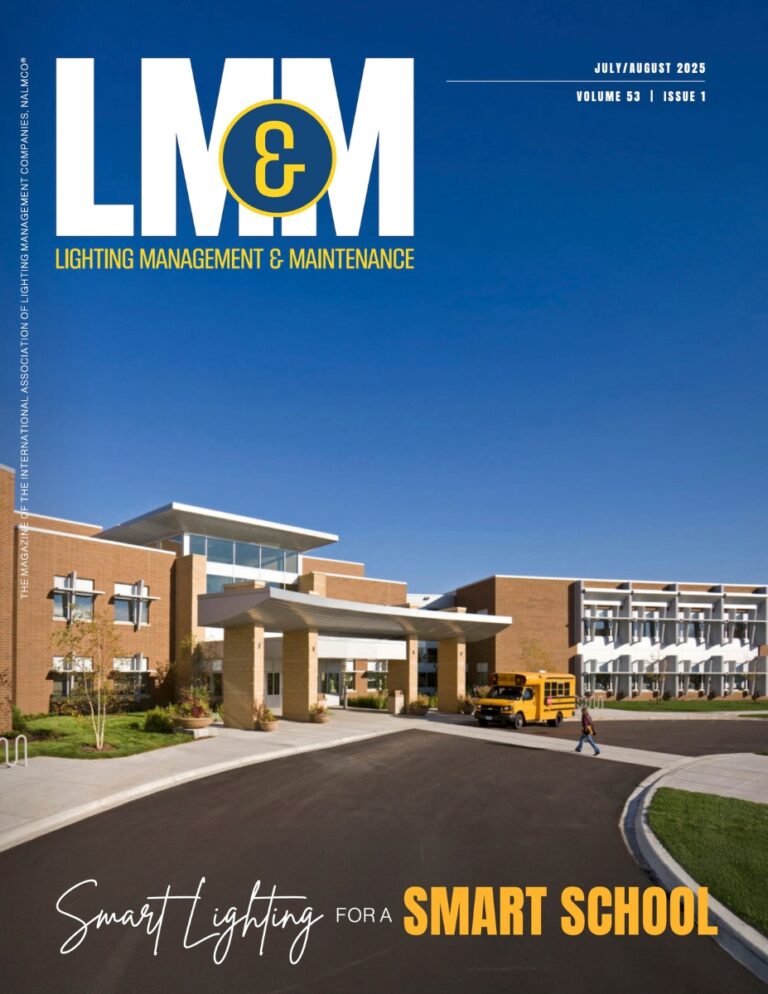The Vermont Senate followed in the footsteps of House of Representatives in adopting legislation to ban sales of 4-foot linear fluorescent light bulbs starting January 1, 2024. 4-foot linear fluorescent light bulbs are the most common type of fluorescent bulb, covering about 90% of fluorescent installations, including in most offices, schools, and other indoor spaces. Climate, environment, and health advocates applauded the vote.
“Vermonters no longer need to tolerate fluorescent lighting, which contains mercury, a potent neurotoxin,” said Michael Bender, Director of the Mercury Policy Project. “By passing this legislation, Vermont is making a clear statement that it will not accept outdated and toxic technologies when safer, more efficient bulbs are widely available.”
According to a Clean Lighting Coalition report published by advocates last October, fluorescent lamps release mercury when broken, resulting in adverse environmental and human health impacts. Breakages in shared spaces like homes, schools, and hospitals pose increased health risks to vulnerable groups like pregnant women, infants, and others with chemical sensitivities.
“Who wants to put toxic mercury lighting in their homes, daycare centers, schools, offices, hospitals, or shops when they don’t have to?” said Paul Burns, Executive Director of VPIRG. “LED alternatives are available, cost-effective, are mercury-free, and offer better quality light than fluorescents.”
Experts say that in the great majority of cases, efficient LED retrofit solutions are widely available and can save Vermont residents and businesses money year after year, since the LED bulb cuts electricity costs in half.
A new study from the Appliance Standards Awareness Project found a typical school could see $24,000 in lifetime savings from transitioning to LEDs. Further, by 2040 Vermont could see savings of $167 million in reduced utility bills thanks to just over 1,000 gigawatt hours of saved electricity due to transitioning the 4-foot fluorescents.
“Based on our analysis of drop-in retrofit LED bulb prices in Vermont, we concluded that an LED bulb can pay for itself 5 times over in electricity bill savings over its lifespan,” said Brian Fadie of the Appliance Standards Awareness Project. “Clearly LED is the lowest cost option today.”
In response to a consumer advocates petition last Fall and a subsequent review, the Vermont Agency of Natural Resources issued a determination in February that will end the sale of screw-based mercury-containing compact fluorescent lamps (CFLs). This restriction on sale will begin on February 17, 2023, to allow Vermont retailers and distributors sufficient time to sell any existing inventories.
“We applaud the leadership of Vermont’s legislators in setting phase-out dates for the most common fluorescent lighting technologies in the state”, said Ana Maria Carreño, Deputy Director of the Clean Lighting Coalition. “There is no place for mercury in lighting today, especially when LED alternatives offer better performance, coupled with climate and environmental benefits”.
Governments around the world are increasingly recognizing LEDs as the foremost lighting technology on the market today. On Dec. 16, the European Union banned the sale of almost all mercury-containing fluorescent lamps by September 2023. In March, 137 governments voted to phase out CFLs by 2025 through the Minamata Convention on Mercury.





